Maths File Folder Activities
£4.50
Make maths lessons fun with these maths file folder activities. Your students will love how engaging and hands-on the activities are. They’re also easy to store and pull out.
★ 22 activities included. ★
Each activity comes with a cover for your file folder. It also states the common core target(s) that the activity meets.
This resource comes in col. option only – no b/w.
Instructions
- Cut out the pieces.
- Stick the pages into file folders with the cover on front.
- Pull them out throughout the year to use.
To make the activities re-usable, laminate them and stick them into the file folders.
The activities included are;
- Count to 100
- Counting forward in 1s
- Counting forward in 10s
- Write numbers 0-20
- Count and write numbers 0-20
- Greater than, less than, equals
- Count and match numbers
- Add and subtract
- Count and write numbers
- Word problems
- Decompose numbers to 10
- Making 10
- Add and subtract within 5
- Decompose and place value
- Measure height and width
- Measure and compare
- Sorting into categories and counting
- Farmyard prepositions
- Naming 2D shapes
- Sorting 2D and 3D shapes
- Comparing shapes
- Making new shapes
The activities cover the following Common Core Maths Standards;
K.CC.A.1
Count to 100 by ones and by tens.
K.CC.A.2
Count forward beginning from a given number within the known sequence. (Instead of having to begin at 1).
K.CC.A.3
Write numbers from 0 to 20. Represent a number of objects with a written numeral 0-20 (with 0 representing a count of no objects).
K.CC.B.4
Understand the relationship between numbers and quantities; connect counting to cardinality.
K.CC.B.4.A
When counting objects, say the number names in the standard order. Pairing each object with one and only one number name and each number name with one and only one object.
K.CC.B.5
Count to answer “how many?” questions about as many as 20 things arranged in a line, a rectangular array, or a circle. Or as many as 10 things in a scattered configuration; given a number from 1-20, count out that many objects.
K.CC.C.6
Identify whether the number of objects in one group is greater than, less than, or equal to the number of objects in another group. E.g., by using matching and counting strategies.
K.MD.A.1
Describe measurable attributes of objects, such as length or weight. Describe several measurable attributes of a single object.
K.MD.A.2
Directly compare two objects with a measurable attribute in common, to see which object has “more of”/”less of” the attribute, and describe the difference. For example, compare the heights of two children and describe one child as taller/shorter.
K.MD.B.3
Classify objects into given categories. Count the numbers of objects in each category and sort the categories by count.
K.NBT.A.1
Compose and decompose numbers from 11 to 19 into ten ones and some further ones. E.g., by using objects or drawings, and record each composition or decomposition by a drawing or equation (such as 18 = 10 + 8). Understand that these numbers are composed of ten ones and one, two, three, four, five, six, seven, eight, or nine ones.
K.OA.A.1
Represent addition and subtraction with objects, fingers, mental images, drawings, sounds (e.g., claps), acting out situations, verbal explanations, expressions, or equations.
K.OA.A.2
Solve addition and subtraction word problems. Add and subtract within 10, e.g., by using objects or drawings to represent the problem
K.OA.A.3
Decompose numbers less than or equal to 10 into pairs in more than one way. E.g., by using objects or drawings, and record each decomposition by a drawing or equation (e.g., 5 = 2 + 3 and 5 = 4 + 1).
K.OA.A.4
For any number from 1 to 9, find the number that makes 10 when added to the given number. E.g., by using objects or drawings, and record the answer with a drawing or equation.
K.OA.A.5
Fluently add and subtract within 5.
K.G.A.1
Describe objects in the environment using names of shapes. And describe the relative positions of these objects using terms such as above, below, beside, in front of, behind, and next to.
K.G.A.2
Correctly name shapes regardless of their orientations or overall size.
K.G.A.3
Identify shapes as two-dimensional (lying in a plane, “flat”) or three-dimensional (“solid”).
K.G.B.4
Analyze and compare two- and three-dimensional shapes, in different sizes and orientations. Using informal language to describe their similarities, differences, parts (e.g., number of sides and vertices/”corners”) and other attributes (e.g., having sides of equal length).
K.G.B.6
Compose simple shapes to form larger shapes. For example, “Can you join these two triangles with full sides touching to make a rectangle?”
You can find more maths activities here.
Only logged in customers who have purchased this product may leave a review.
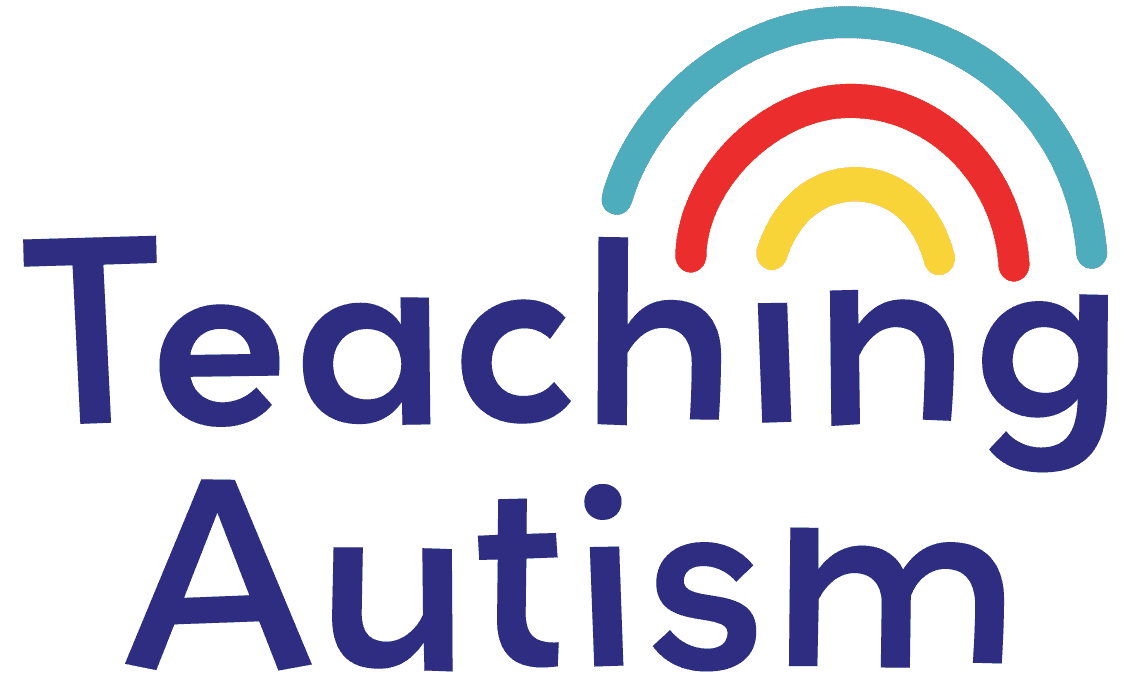
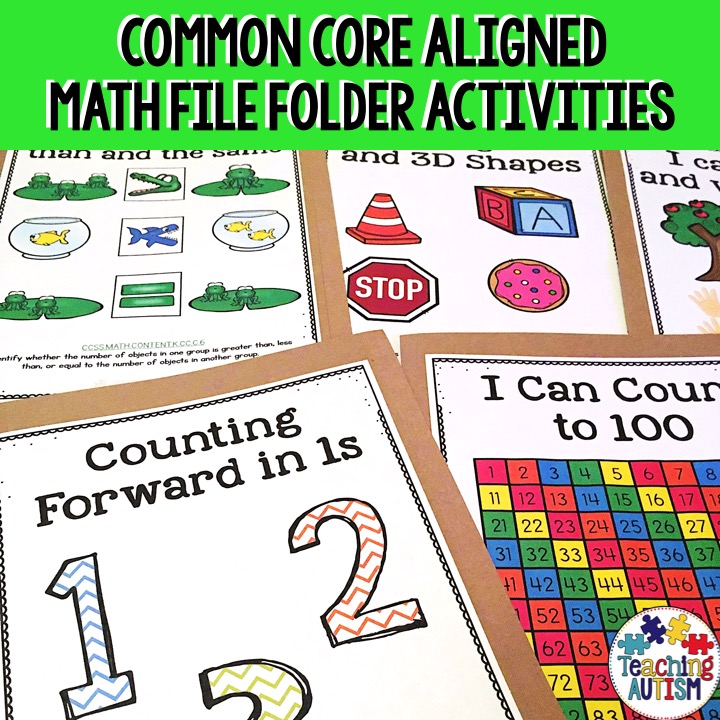
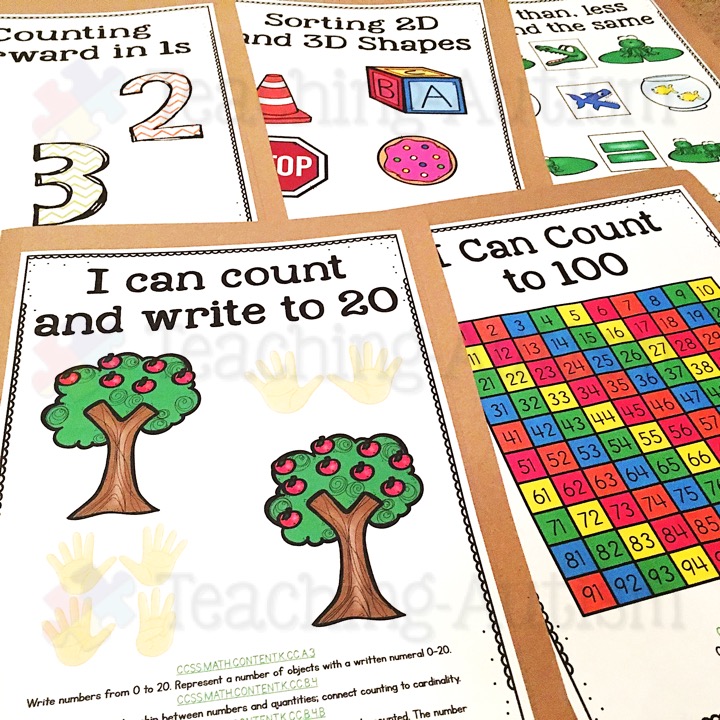
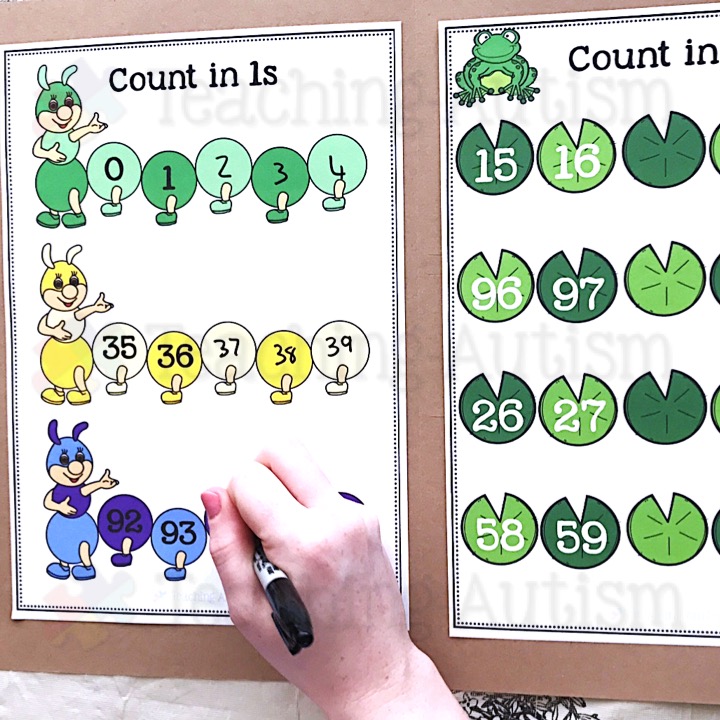
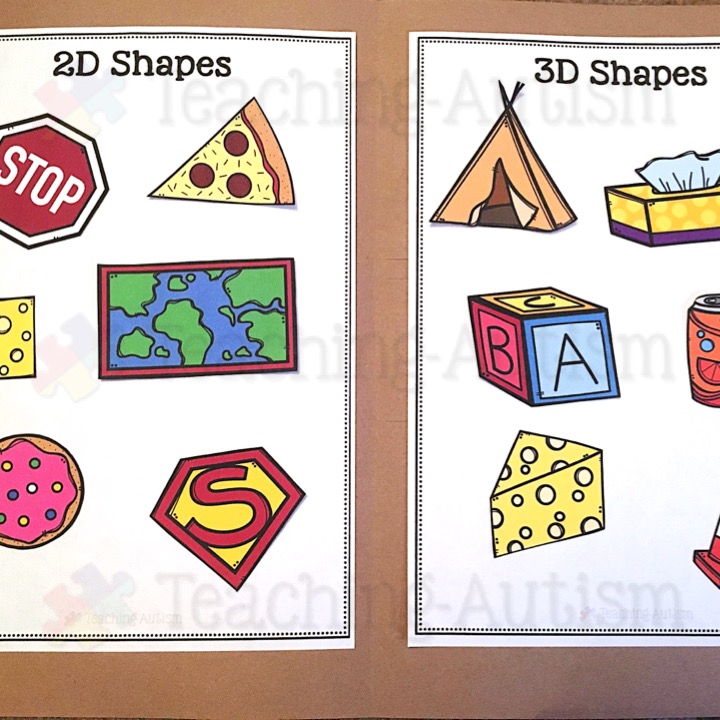
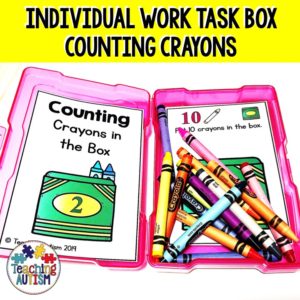
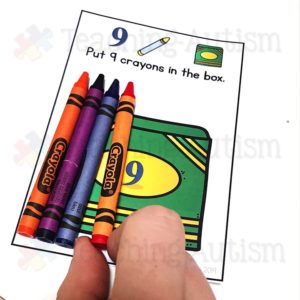
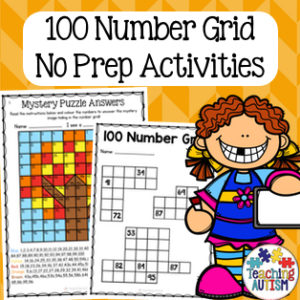
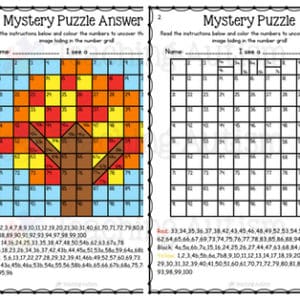
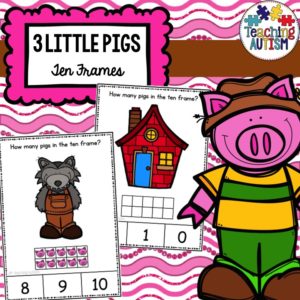
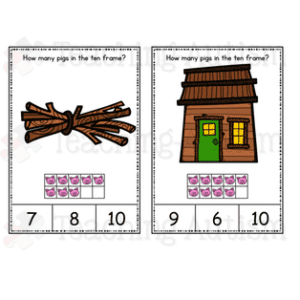
Reviews
There are no reviews yet.